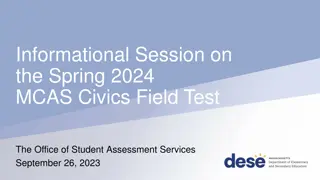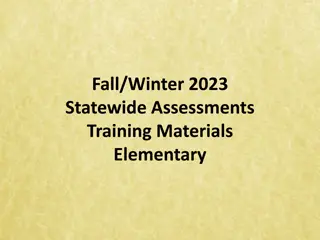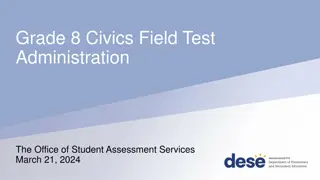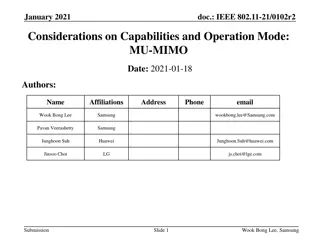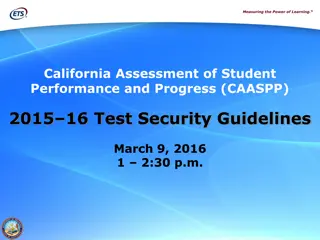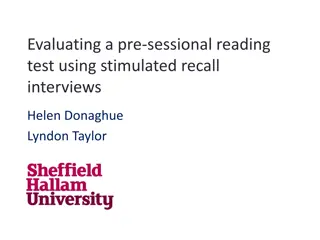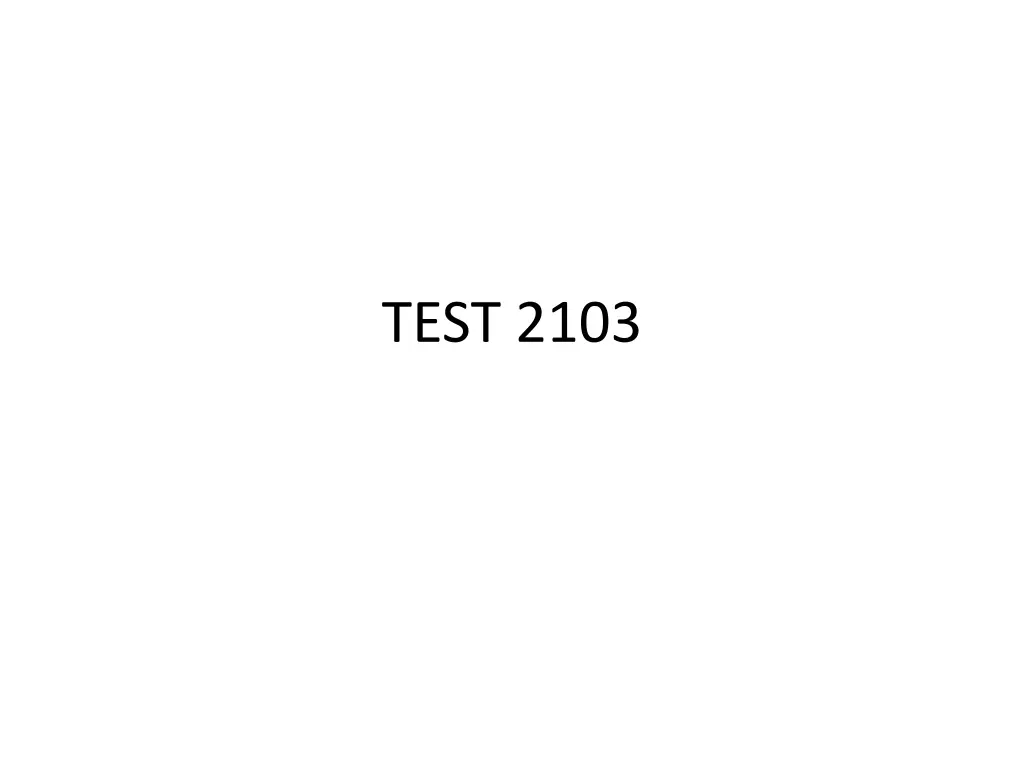
Outdoor Knowledge Quiz and Trivia - Test Your Adventurous Spirit
Test your outdoor knowledge with this quiz covering topics like camping tips, maritime navigation, meteorology, and military history. Learn how to prevent moisture in your sleeping bag, identify the center of a ship, understand air masses in the United States, interpret buoy colors, recall military operations, define a seismograph, and explore the layers of the sun's atmosphere.
Download Presentation

Please find below an Image/Link to download the presentation.
The content on the website is provided AS IS for your information and personal use only. It may not be sold, licensed, or shared on other websites without obtaining consent from the author. If you encounter any issues during the download, it is possible that the publisher has removed the file from their server.
You are allowed to download the files provided on this website for personal or commercial use, subject to the condition that they are used lawfully. All files are the property of their respective owners.
The content on the website is provided AS IS for your information and personal use only. It may not be sold, licensed, or shared on other websites without obtaining consent from the author.
E N D
Presentation Transcript
1. To prevent moisture in your breath from freezing, condensing, and wetting your sleeping bag, what should you do before going to sleep? A) Wrap a cloth of some sort around your head B) Wrap a piece of waterproof material around your face C) Keep your nose and mouth outside the sleeping bag D) Insulate your sleeping bag with a waterproof material
2. The center of a ship, around which the ship appears to move, is the A) Waterline B) Ballast C) Center of Weight D) Center of gravity
3. In the summer, the United States is swept by air masses from A) Indian Ocean, Pacific Ocean and Panama Canal B) Mexico, Canada, West Indies and Cuba C) Gulf of Mexico, Caribbean Ocean and Atlantic Ocean D) Gulf of Mexico, Caribbean Sea and Pacific Ocean
4. As one proceeds from the Chesapeake Bay toward Mexico along the Intracoastal Waterway, red buoys and daymarks are to the ________, and green to the left. A) South B) North C) East D) Right
5. In 1995 Navy and Marine Corps planes from the carrier Theodore Roosevelt conducted air strikes against Serb military as part of A) Task Force Ranger B) Operation Desert Storm C) Operation Enduring Freedom D) Operation Deliberate Force
6. A seismograph is A) an apparatus used to measure and record water movement in the oceans B) an apparatus used to measure and record earthquakes in the Earth C) an apparatus used to measure and record air movement over the oceans D) an apparatus that can forecast Earth movement
7. Which is the outermost layer of the suns atmosphere? A) Chromosphere B) Core C) Corona D) Photosphere
8. The etiquette of the sword is more often called which of the following? A) Bladesmanship B) Manual of the Sword C) Samurai D) Worthy of Honor
9. A cosmologist is A) one who is skilled in articles of costume B) one who deals in or applies make-up C) one who studies cosmopolitan areas of a country D) one who deals with the origin and structure of the universe
10. After World War I and World War II, the JROTC program saw little to no growth because of what? A) Limited funding B) A Congressional Stop of the Program C) Abundance of Personnel D) Lack of Instructors
11. When performing a Pass in Review, the platoon commander executes eyes right, when the platoon is within how many paces from the nearest member of the reviewing party? A) 4 B) 6 C) 2 D) 8
12. What are the Navys open powerboats that range in size from 25 to 75 feet in length? A) Officer s boats B) Utility boats C) Captain s gig D) Motor boats
13. What two nations caused problems for the US Navy between 1871 and 1875? A) France and Spain B) Spain and Korea C) China and France D) England and Spain
14. The total energy in any isolated system remains constant is known as the ____________ principle. A) Bernoulli B) Aristotle C) Einstein D) Newton
15. Which of these statements about attitude are accurate? A) Perspectives grow narrower over time, much like climbing down from a mountain. B) People want to explore the purpose behind their perspectives ass they grow older. C) People s attitudes and personalities are formed separately from their perspectives. D) By teenager years, people s perspectives are fully formed with little or no change to be expected.
16. What is usually the highest structure above the main deck? A) Midmast B) Jackstaff C) Mainmast D) Foremast
17. ___________________ in American newspapers, including publication of a letter by the Spanish Ambassador calling President McKinley weak whipped up American support for the Spanish-American war. A) How America is Preparing for War essays B) Yellow Journalism C) US Military Prepares for War essays D) Ill Treatment of Cubans By The Spanish Government essays
18. The most extensive mining operations along the Atlantic seaboard of the United States are for: A) oil B) sands and gravels C) aragonite and shells D) All of the answers are correct
19. Nearly all clouds are in what atmospheric layer? A) Troposphere B) Exosphere C) Stratosphere D) Ionosphere
20. In the south, Japanese Defense Perimeter included the A) Kurile Islands B) Aleutian Islands C) British Gilbert Islands D) Dutch East Indies (Indonesia)
21. What watch is stationed near ground tackle and is responsible for watching the chain and checking its strain and tending? A) Brow B) Anchor C) Buoy D) Mooring
22. Hail usually occurs in the ______________. A) fall B) winter C) summer D) spring
23. What term is used to describe the aligning or positioning of oneself or a map in relation to the surrounding? A) Orienting B) Scaling C) Modifying D) Correlating
24. As the result of Jeffersons embargo on raw material and food to Europe. A) All three statements are true. B) farmers in the South and West suffered due to a lack of markets for their products. C) American shipping interests in New England suffered economic disaster. D) smuggling became widespread, draining tax income from the federal government
25. At the command, FALL IN the company forms in line formation A) at Dress Left DRESS B) at normal interval C) at close interval D) at parade rest




